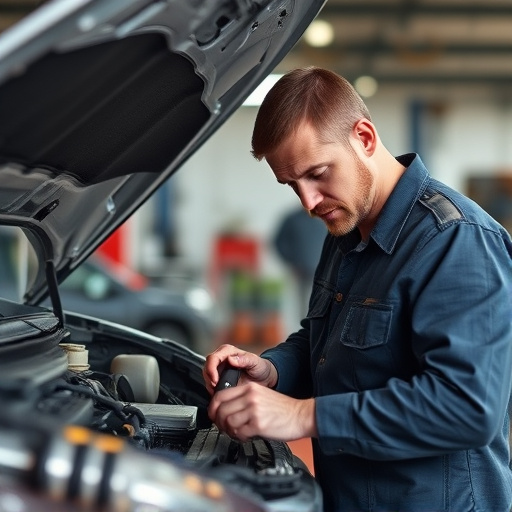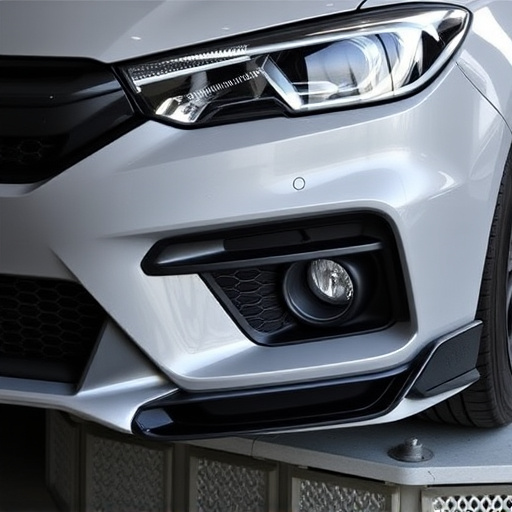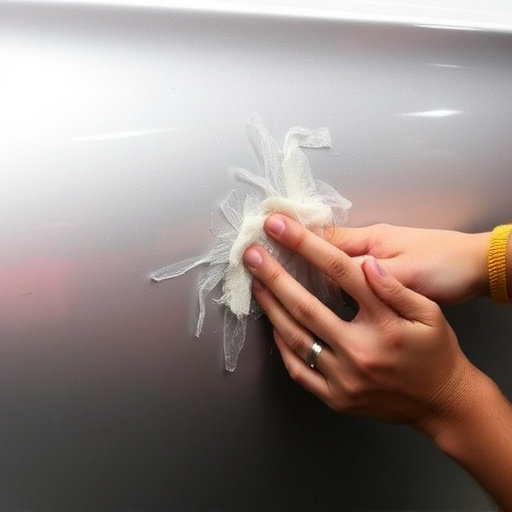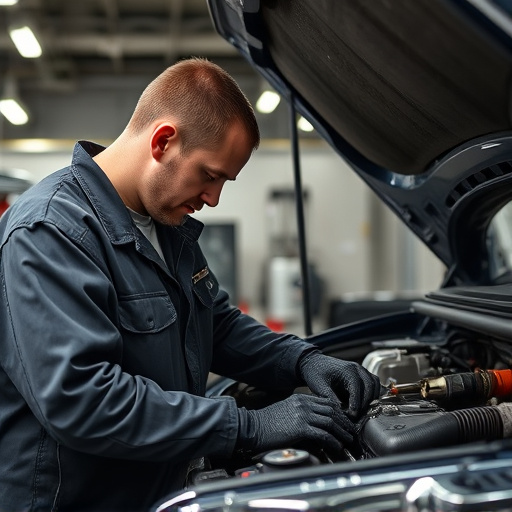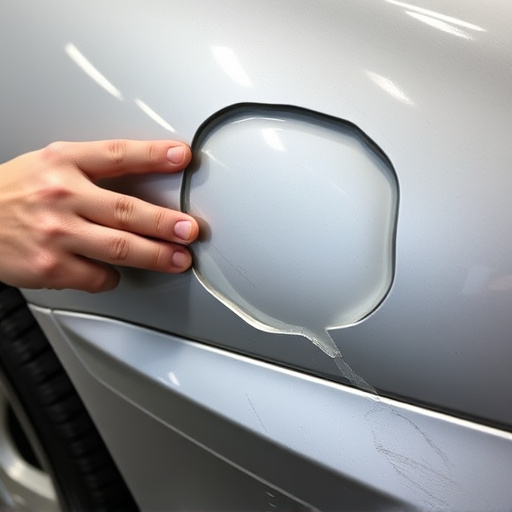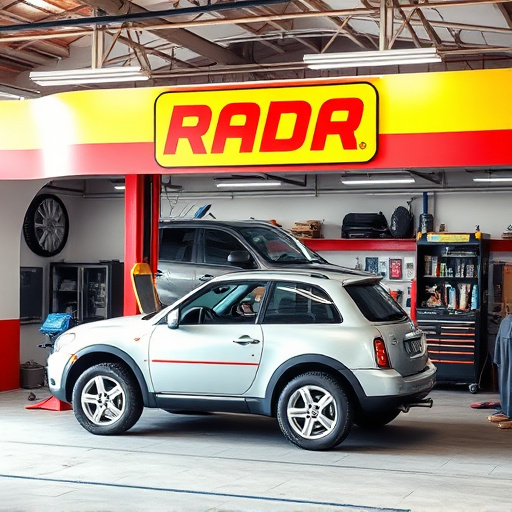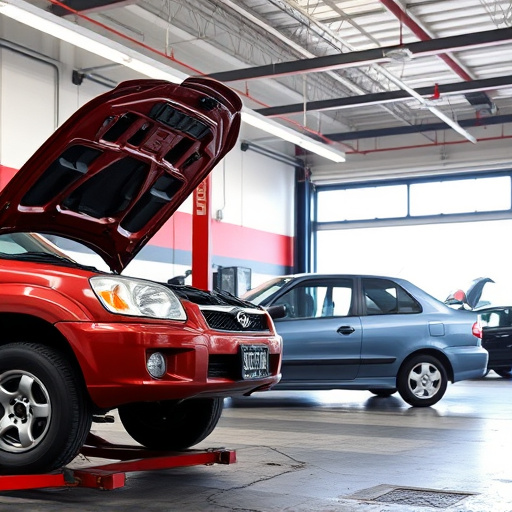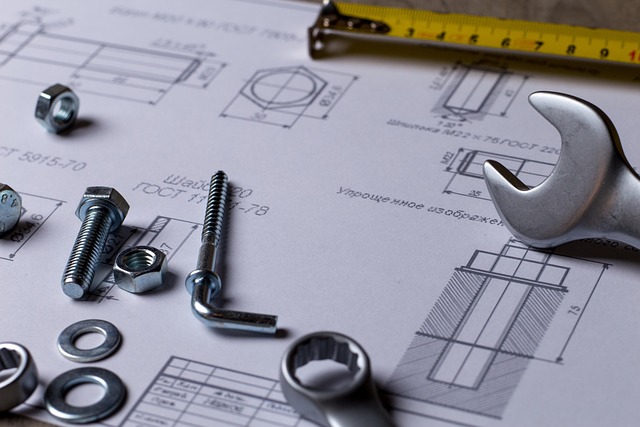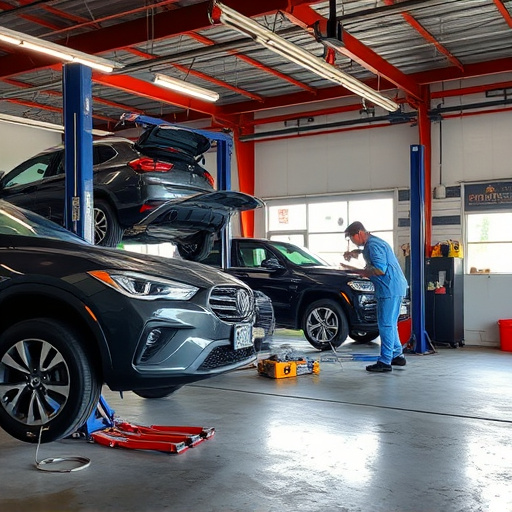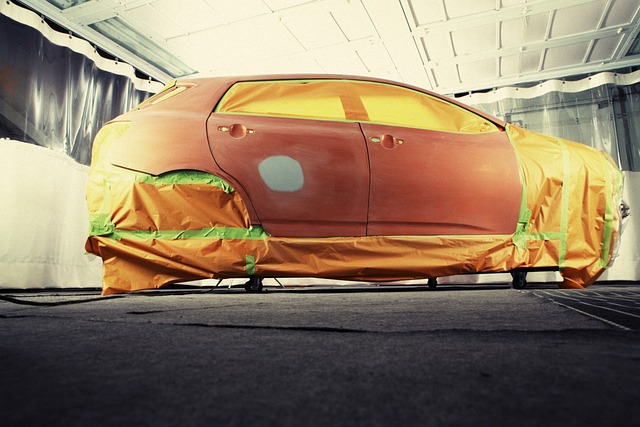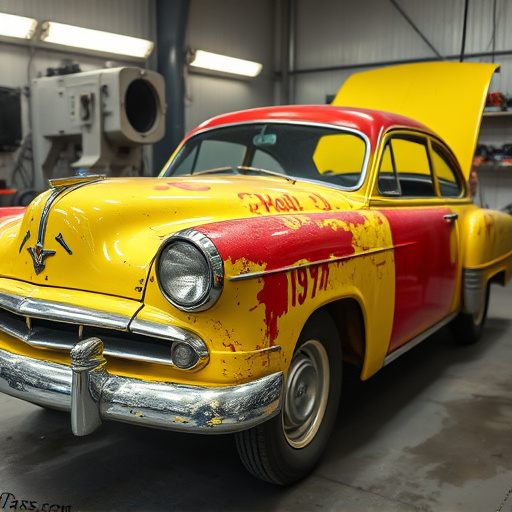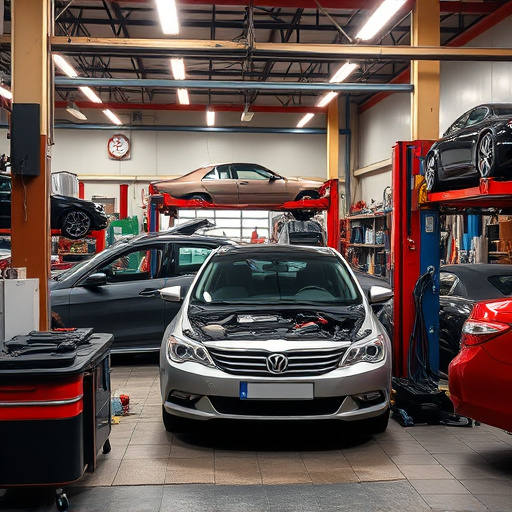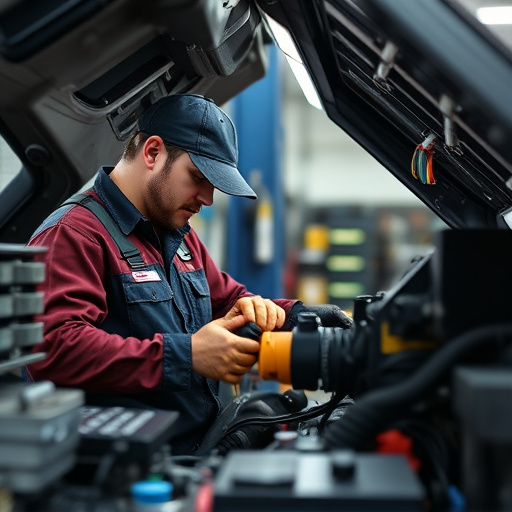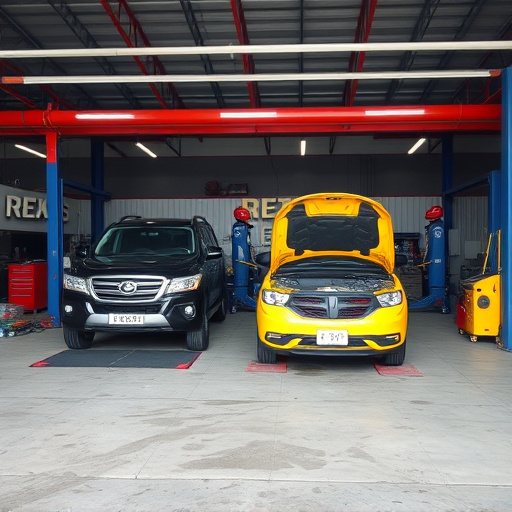Clear coat repair revitalizes vehicle exteriors, addressing chips, scratches, and dents to maximize resale value. Skilled technicians use advanced techniques and high-quality products for a seamless, factory finish, enhancing aesthetics and protection against future damage, crucial for lease returns.
Looking to maximize resale value for lease returns or trade-ins? Clear coat repair is an essential step that can transform vehicles, restoring their aesthetic appeal and protecting against future damage. This comprehensive guide delves into the world of clear coat damage, common issues faced by leasing companies and car dealers, and effective repair processes. Learn best practices to restore trade-in vehicles like new, enhancing customer satisfaction and boosting profits through expert clear coat repair techniques.
- Understanding Clear Coat Damage for Lease Returns
- The Process of Effective Clear Coat Repair
- Best Practices for Trade-In Vehicle Restoration
Understanding Clear Coat Damage for Lease Returns
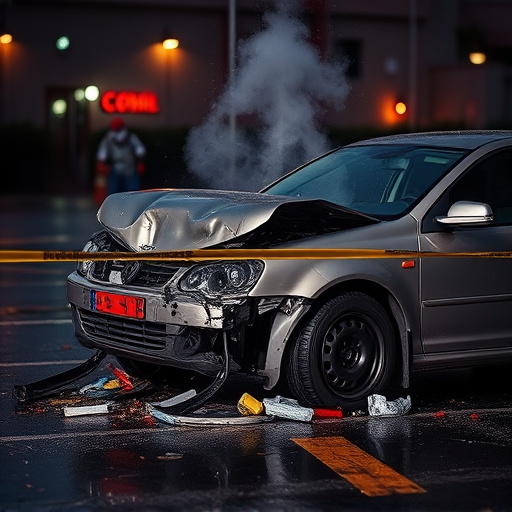
When it comes to lease returns and trade-ins, clear coat damage is a common issue that can significantly impact the vehicle’s resale value. This type of damage often occurs during normal use, such as minor scrapes, chips, or scratches on the surface of the paintwork. In the context of lease returns, where vehicles are expected to be in pristine condition, even the slightest clear coat imperfections can be a concern for lessors.
At a collision repair shop offering automotive repair services, experts specialize in clear coat repair to restore these damaged areas. Skilled technicians use advanced techniques and high-quality products to fix chips, fill scratches, and ensure the vehicle’s exterior looks as good as new. Car paint services tailored for clear coat repairs not only enhance the vehicle’s aesthetics but also help maintain its overall value, making it more attractive to potential buyers or the next leaseholder.
The Process of Effective Clear Coat Repair

The process of effective clear coat repair involves several meticulous steps to restore a vehicle’s exterior to its pristine condition. It begins with thorough inspection to identify the extent of damage, which can range from minor scratches to significant chips or dents. After cleaning and preparing the affected area, skilled technicians use specialized tools and compounds to gently buff away damaged clear coat without compromising surrounding surfaces.
This careful process ensures that only the imperfect areas are treated, preserving the overall aesthetics of the vehicle. Once the damaged zone is smoothened, a precise application of matching clear coat paint follows, carefully matched to the car’s original shade. This step requires expert knowledge and experience to achieve a seamless blend, indistinguishable from the rest of the vehicle’s finish. Finally, a high-quality clear coat is applied to shield the repair, enhancing durability and providing an extra layer of protection against future damage, such as UV rays and everyday wear and tear, thus effectively transforming a lease return or trade-in into a like-new vehicle through expert car scratch repair and collision repair services.
Best Practices for Trade-In Vehicle Restoration
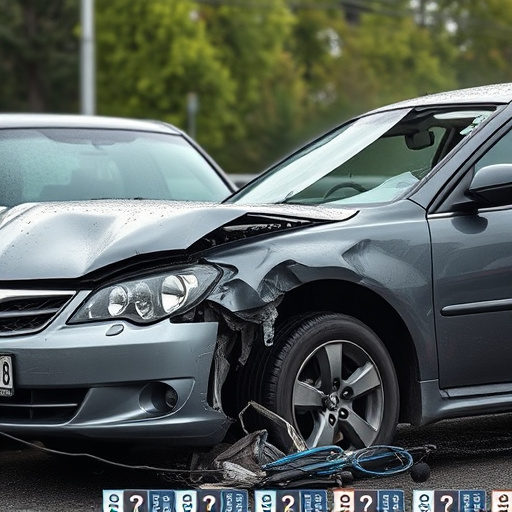
When preparing trade-in vehicles for lease returns, a comprehensive restoration process is key to maximizing resale value. Best practices for trade-in vehicle restoration start with a thorough inspection to identify any damages, including clear coat scratches, dents, and dings. These issues can often be addressed through specialized clear coat repair techniques, which not only restore the vehicle’s aesthetics but also preserve its market value.
Auto body repair experts recommend a multi-step approach: first, assess the extent of damage and choose the right repair methods, such as clear coat touch-up or bumper repair for smaller imperfections. Next, prepare the surface by sanding and cleaning to ensure optimal adhesion of new clear coat layers. Collision repair services that specialize in clear coat restoration use high-quality products and advanced equipment to achieve a seamless, factory-like finish. This meticulous process not only enhances the vehicle’s appearance but also ensures long-lasting protection against future damage.
When it comes to lease returns and trade-ins, clear coat repair is an essential step in restoring vehicles to their optimal condition. By understanding the common types of clear coat damage and implementing effective repair processes, car dealers and restoration professionals can significantly enhance vehicle resale value. Following best practices for clear coat repair ensures a high-quality finish that meets or exceeds manufacturer standards, creating a positive impression on potential buyers. In today’s competitive automotive market, investing in thorough clear coat repair is a wise decision that can drive profits and customer satisfaction.
